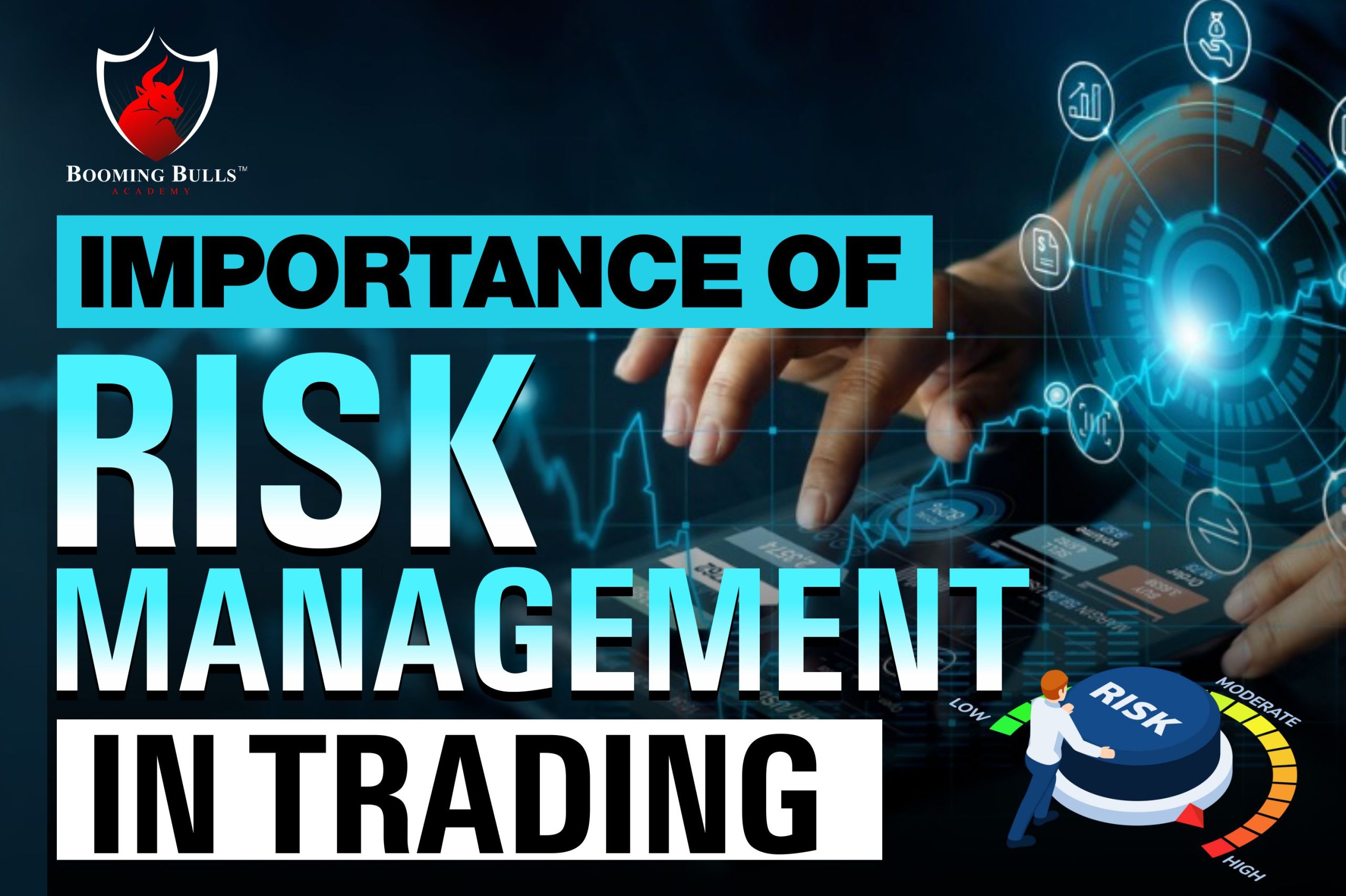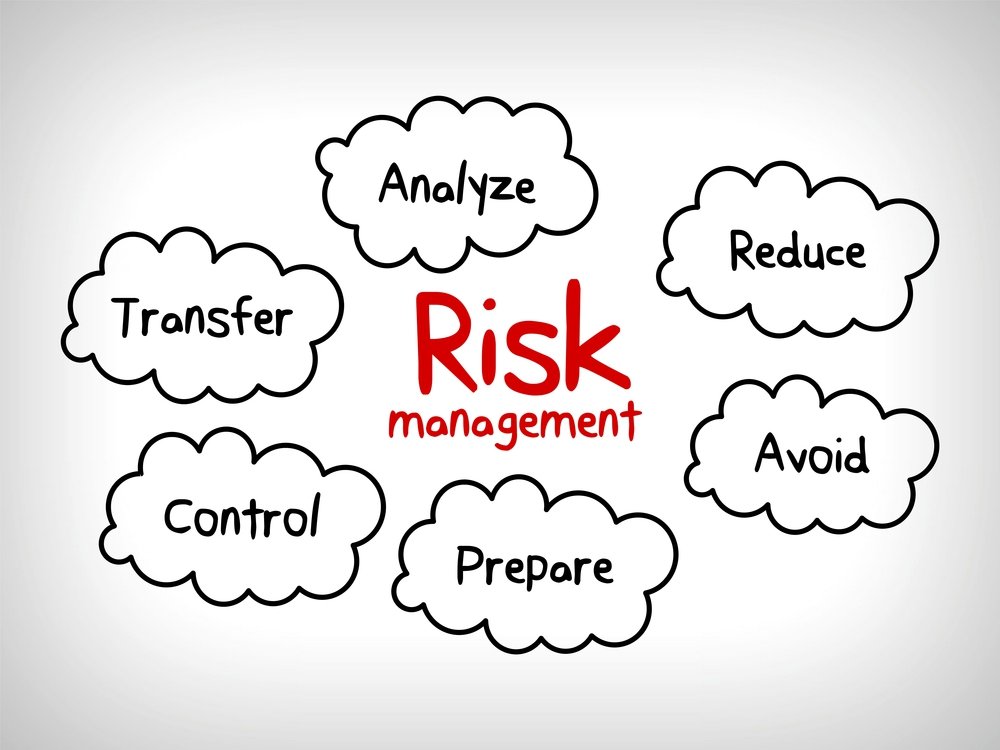Checking out the Relevance of Risk Management for Effective Decision-Making Strategies
In the detailed world of organization, Risk Management becomes an essential consider the decision-making procedure. The ability to recognize possible risks and chances, and plan accordingly, can mean the distinction between success and failing. With tools such as SWOT and PESTEL, companies are equipped to make educated selections, cultivating resilience and versatility in an ever-changing environment. Wondering just how this works? Let's unbox the characteristics even more.
Recognizing the Concept of Risk Management
Risk Management, a crucial element in decision-making, is often misunderstood or oversimplified. Typically, it refers to the identification, assessment, and prioritization of risks to lessen, keep an eye on, and manage the chance or influence of unfavorable events. It's not merely concerning protecting against adverse results, yet also about recognizing potential possibilities. Risk Management involves disciplined and organized strategies, using data and insightful assessments. It calls for a thorough understanding of the company's context, goals, and the potential threats that might prevent them. From financial unpredictabilities, lawful liabilities, strategic Management errors, to crashes and all-natural disasters, it addresses numerous risks. Notably, efficient Risk Management is not stagnant; it's a continual, forward-looking procedure that advances with altering conditions.
The Role of Risk Management in Decision-Making Processes
In the realm of tactical preparation and organization procedures, Risk Management plays an integral duty in decision-making procedures. Risk Management therefore ends up being a vital device in decision-making, aiding leaders to make educated choices based on a comprehensive understanding of the dangers included. Risk Management serves as an essential element in the decision-making processes of any type of organization.

Exactly How Risk Management Improves Strategic Preparation
In the context of tactical planning, Risk Management plays a crucial function. Initiating with the recognition of possible dangers, it even more encompasses the execution of Risk reduction procedures. The function of Risk Management is dynamic however not static, as it requires constant surveillance and adjusting of methods.
Identifying Possible Dangers

Executing Risk Mitigation
Risk mitigation approaches go to this web-site can range from Risk avoidance, Risk transfer, to run the risk of reduction. Each approach ought to be customized to the certain Risk, considering its prospective impact and the company's Risk resistance. Effective Risk mitigation needs a deep understanding of the Risk landscape and the prospective influence of each Risk.
Surveillance and Changing Approaches
Though Risk reduction is a crucial action in strategic preparation, continual tracking and change of these techniques is just as crucial. This recurring procedure allows companies to identify brand-new threats and reassess existing ones, making sure the implemented approaches continue to be efficient in the ever-changing business atmosphere. It also offers a chance to evaluate the success of the Risk Management measures, enabling changes to be made where necessary, additional boosting strategic planning. Effective tracking and change require the use of analytics and crucial efficiency signs (KPIs) to gauge effectiveness. These tools offer useful data-driven understandings that can educate strategic decision-making. For that reason, tracking and changing Risk Management strategies is a vital element for improving a company's resilience and calculated planning.
Situation Researches: Successful Risk Management and Decision-Making
In the globe of service and financing, successful Risk Management and decision-making usually act as the columns of thriving ventures. One such entity is a multinational oil company that mitigated moved here economic loss by hedging versus varying oil prices. In another circumstances, a tech startup grew by identifying and approving risky, high-reward techniques in a volatile market. An international financial institution, confronted with governing unpredictabilities, successfully browsed the circumstance through aggressive Risk assessment and vibrant decision-making. These cases highlight the worth of astute Risk Management in decision-making procedures. It is not the absence of Risk, however the Management of it, that usually sets apart successful companies from not successful ones. These cases emphasize the vital role of Risk Management in tactical decision-making. importance of risk management.
Tools and Strategies for Effective Risk Management
These devices, such as Risk signs up and warmth maps, help in recognizing and analyzing possible threats. Risk response approaches, a crucial element of Risk Management, involve accepting, avoiding, moving, or mitigating threats. With these strategies and devices, decision-makers can browse the complicated landscape of Risk Management, therefore promoting educated and efficient decision-making.
Future Patterns in Risk Management and Decision-Making Methods
As we explore the huge landscape of Risk Management, it ends up being noticeable that the strategies and tools made use of today will continue to advance. The concept of Risk culture, where every participant of a company is aware and included in Risk Management, will certainly gain much more prestige. These fads herald a more comprehensive and proactive method towards Risk Management and decision-making.
Final thought

Risk Management thus comes to be a vital device in decision-making, assisting leaders to make educated choices based on a thorough understanding of the threats included. Risk reduction techniques can range from Risk avoidance, Risk transfer, to run the risk of reduction (importance of risk management). Effective Risk mitigation calls for a deep understanding of the Risk landscape and the potential influence of each Risk. Risk response approaches, a crucial element of Risk Management, entail approving, avoiding, moving, or mitigating risks. The principle of Risk society, where every participant of a company is aware and entailed in Risk Management, will obtain much more prominence